Give below is a diagram of an animal cell showing the path of protein produced :

Identify the function of organelle B with reference to part A.
Condensation of proteins
Topper's Solved these Questions
- CELL - THE UNIT OF LIFEBOOK - ICSECHAPTER - CELL - THE UNIT OF LIFEEXERCISE - REVIEW QUESTIONS (ANALOGY TYPE QUESTIONS)
5 Videos
- CELL - THE UNIT OF LIFEBOOK - ICSECHAPTER - CELL - THE UNIT OF LIFEEXERCISE - REVIEW QUESTIONS (GIVE ONE WORD FOR THE FOLLOWING)
5 Videos
- CELL - THE UNIT OF LIFEBOOK - ICSECHAPTER - CELL - THE UNIT OF LIFEEXERCISE - REVIEW QUESTIONS (LONG ANSWER TYPE QUESTIONS)
14 Videos
- BREATHING AND EXCHANGE OF GASESBOOK - ICSECHAPTER - BREATHING AND EXCHANGE OF GASESEXERCISE - REVIEW QUESTIONS (LONG ANSWER TYPE QUESTIONS)
8 Videos
- CELL : THE UNIT OF LIFE BOOK - ICSECHAPTER - CELL : THE UNIT OF LIFE EXERCISE - Differentiate Between
18 Videos
Similar Questions
Give below is a diagram of an animal cell showing the path of protein produced :
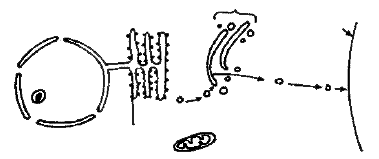
Identify the organelle A.
View SolutionDraw an outline diagram of an animal cell. Label its different parts.
View SolutionGiven is the ultrastructure of an animal cell. Identify the parts marked as A, B, C and D.
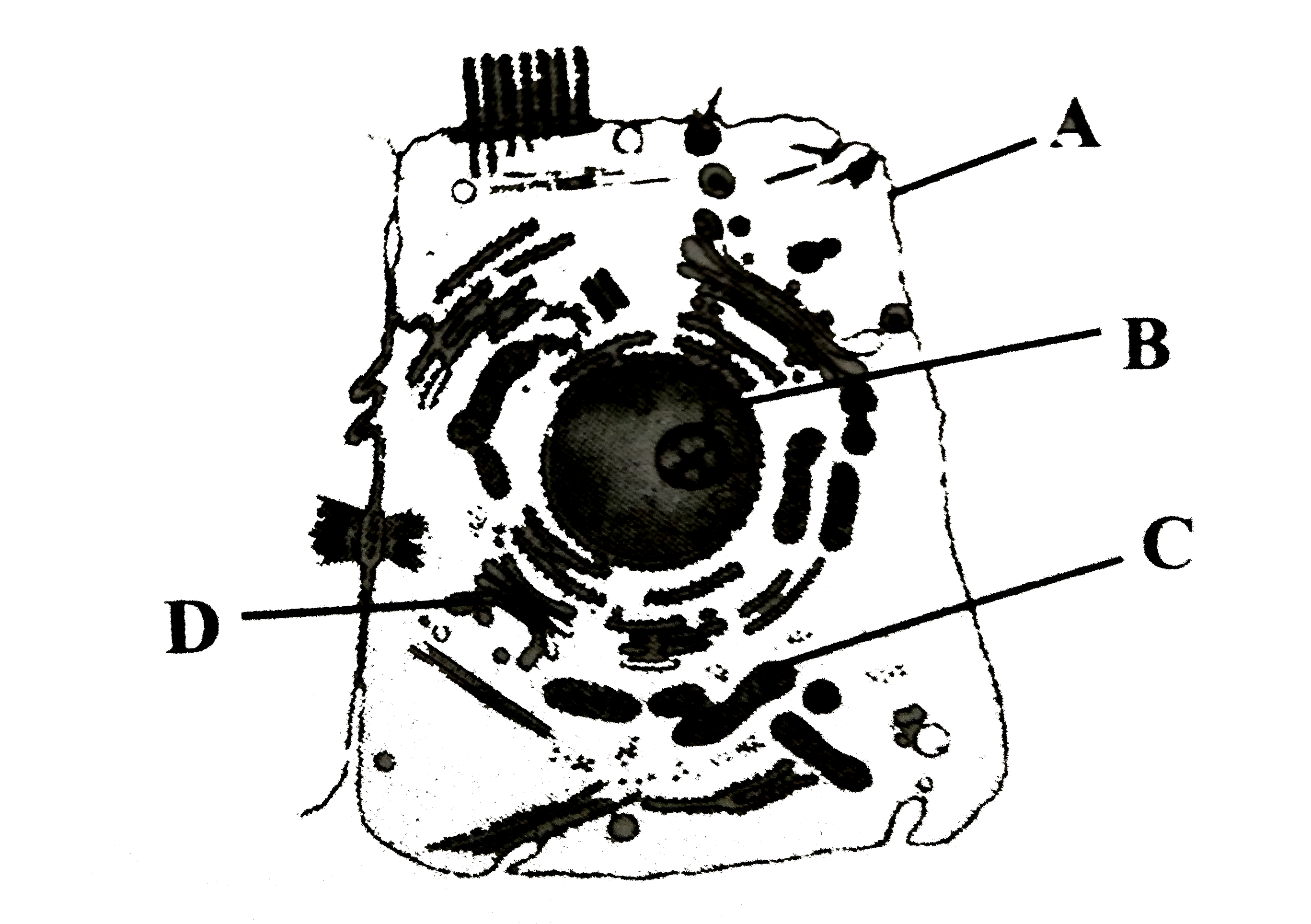
View SolutionThe diagram of the ultranstructure of a plant cell is given below. Identify the functions of the organelles labelled. A,B,C,D,E in the diagram
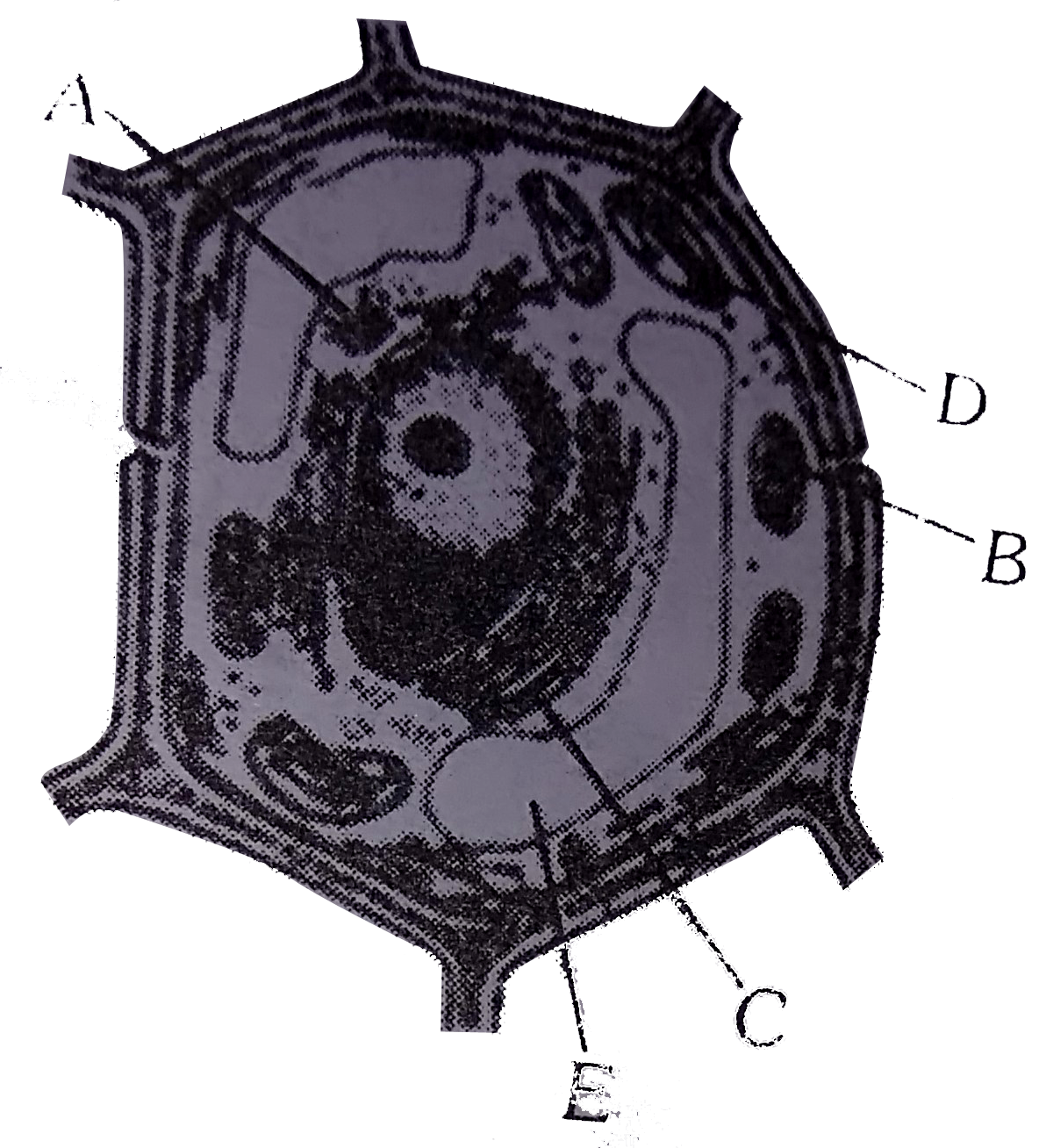
View SolutionGiven below is a diagram representing a stage during mitotic cell division in an animal cell:
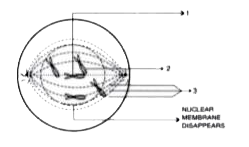
Identify the above stage। Give a reason to support your answer.
View SolutionStudy the organelle given below and identify its function.
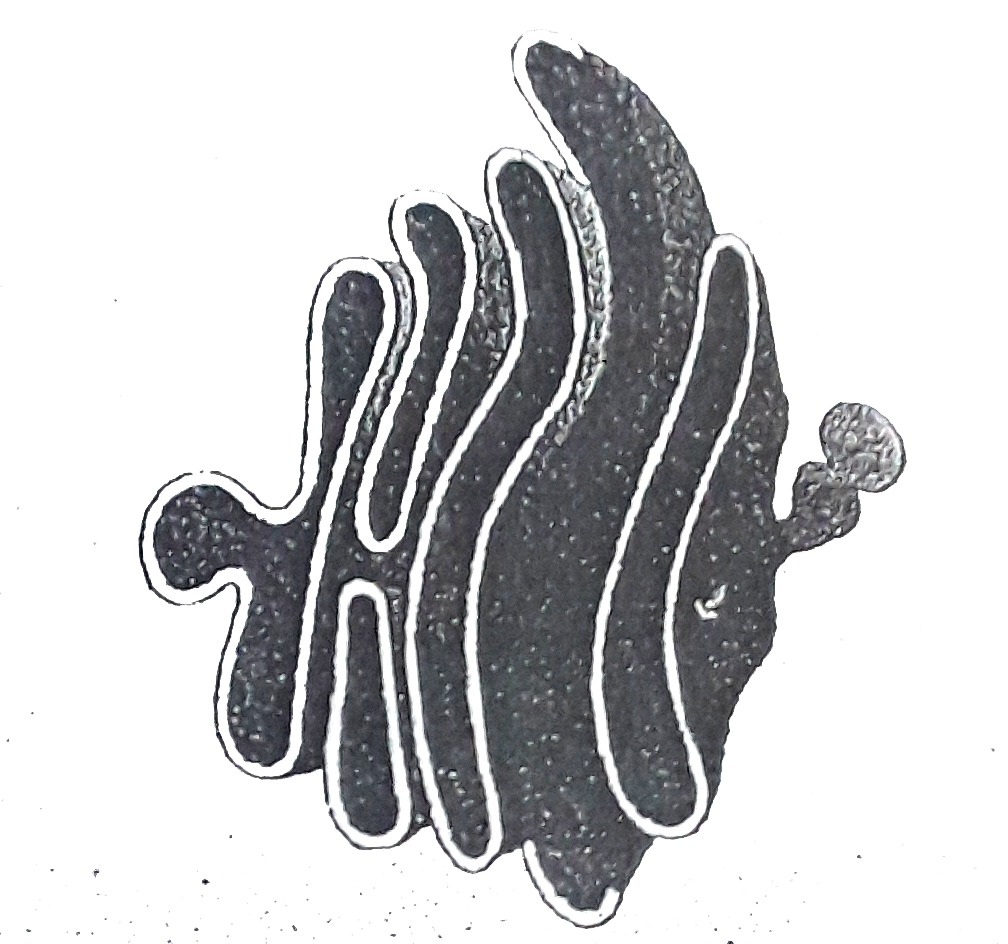
View SolutionDraw a neat-labelled diagram of a typical bacterial cell to show the detailed structure and describe the functions of important organelles.
View SolutionThe diagram given below shows the supportive connective tissue.

Identify the tissues A and B.
View SolutionGiven below the diagram of alimentary canal of earthworm. Identify the structure (A) and (B).

View SolutionGiven below is a diagram representing a stage during mitotic cell division in an animal cell:

Name the cell organelle that forms the 'aster'.
View Solution
